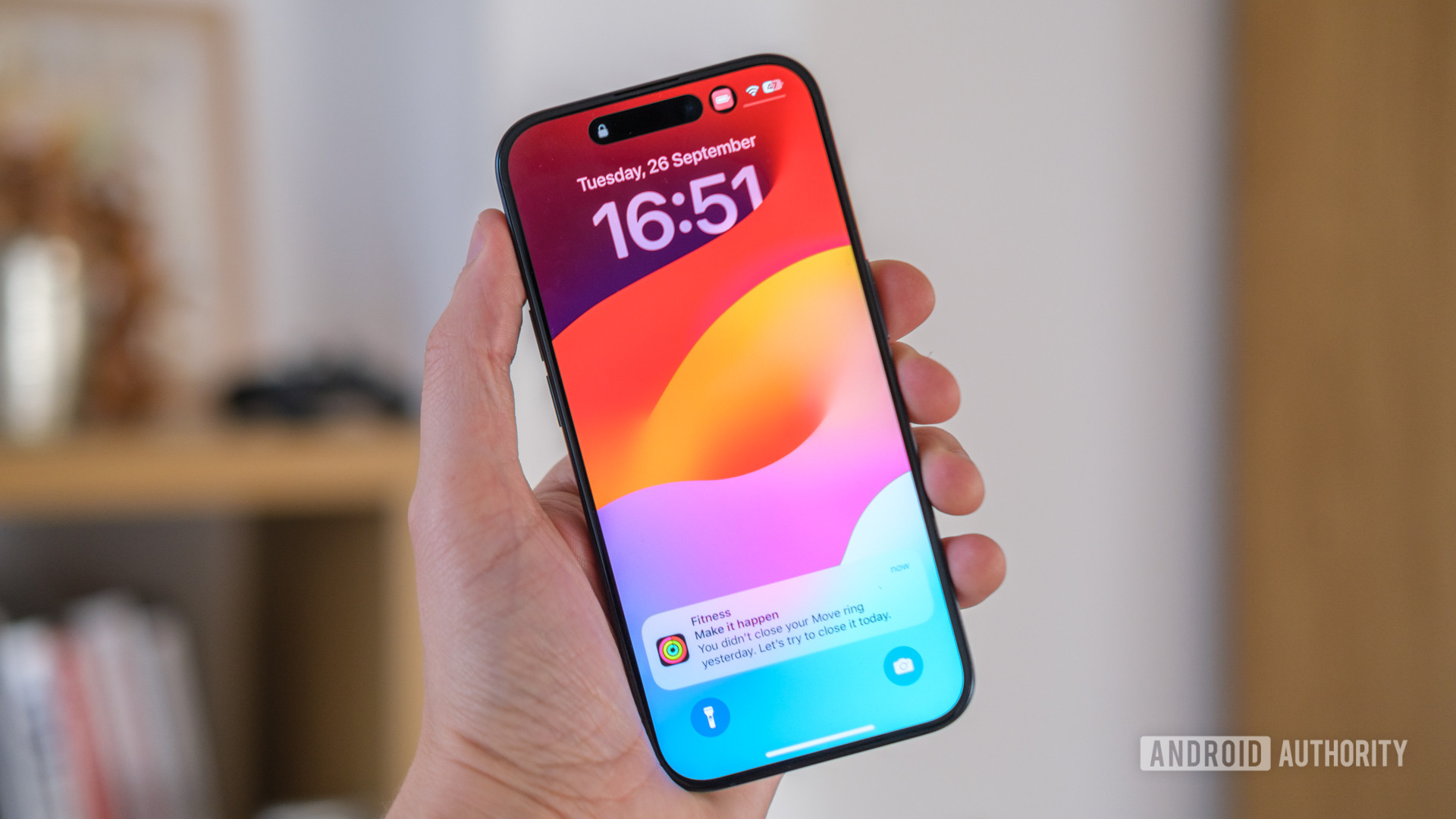The rapid commercial growth of women’s basketball, and Caitlin Clark’s much-anticipated pro debut, has led to speculation that WNBA could pursue a media deal entirely separate from that of the NBA.
Speaking after the NBA’s board of governors meeting in New York on Wednesday, Silver laid out a handful of reasons why he believes the two would benefit from being sold together—at least in some capacity. He cited the year-round nature of their combined schedules, the NBA’s expertise in promoting basketball, and the two leagues’ shared investment in technology to improve fan engagement.
“I think it’s in the leagues’ interest to the extent we can do integrated deals,” Silver said, so “the NBA promotes into the WNBA season and the WNBA promotes into the NBA [season], and we can all talk about basketball.”
The NBA and WNBA are currently in joint talks with Disney/ESPN, part of an exclusive negotiating window that the NBA holds with its two main broadcast partners, the other being Warner Bros. Discovery/Turner. Silver said a decision about whether to integrate them will likely be a “collective choice” between the two leagues. A representative for the WNBA, who has an NBA.com email address, didn’t respond to a request for comment.
The NBA season covers about 260 different days of the year, and the WNBA covers 60, Silver said, and there’s not a ton of overlap. Together they span most of the calendar year, a valuable characteristic when negotiating media deals. That’s especially true, Silver said, as streaming services like Amazon Prime Video or Apple TV become more involved in sports rights. Those services are constantly fighting churn, so year-round content is more attractive. (That was part of the thinking behind Netflix’s recent $5 billion deal with WWE, which has no real offseason.)
Silver also said both leagues have been investing to develop expertise around new technologies, artificial intelligence and other digital presentations. Combined deals, he said, would let both leagues better leverage the benefits of those investments.
The talks come amid a wider moment for women’s basketball. That’s been particularly noticeable on the college side—including record ratings and ticket demand for this year’s NCAA tournament—but NCAA stars like Clark, Angel Reese and Kamilla Cardoso are moving on to the WNBA, and the pro league has seen growth of its own. The 2023 campaign was the WNBA’s most-watched regular season in over 20 years, and its highest attendance in 13 years.
“The interest is heightened from where it used to be and that’s wonderful to see,” Silver said. He added that there also might be “unique channels,” like a network dedicated specifically to women’s sports, that could make sense for a piece of the WNBA’s rights.
The NBA launched the WNBA in 1997, and over the course of his NBA career, Silver has played a significant role in shaping the women’s league’s business strategy. NBA owners currently hold about half of the WNBA’s equity, with the rest in the hands of the league’s teams (some of whom also own NBA franchises). Two years ago the WNBA closed a $75 million funding round that valued the league and its teams at $1 billion.
There are added complications to the media talks. For one, not all of the two leagues’ current partners overlap. The NBA’s main partners are Disney/ESPN and WBD/TNT, while the WNBA’s rights are held by Disney/ESPN, ION, CBS, and Amazon. The NBA’s exclusive window, which expires later this month, therefore only covers part of the WNBA’s rights. ESPN chairman Jimmy Pitaro said last month he expects the WNBA to be part of any renewal that his network signs with the NBA.
The WNBA’s current contracts pay a rough average of $60 million per year. It’s been 16 years since a WNBA telecast eclipsed the 1 million viewer mark. Last year’s finals—which featured a team from the No. 1 media market (New York Liberty) and the defending champs (Las Vegas Aces)—was the most-watched series in 20 years, and averaged 728,000 viewers.
Another consideration that might come into play in media talks: If the two leagues get sold separately, a network that misses out on, say, the NBA’s rights might be motivated to come to the table in a bigger way on the WNBA’s.
Though it’s not a direct comparison, the NCAA recently faced its own decision regarding the possibility of separating its women’s basketball tournament rights from the broader package of 40 different championships that it is currently paired with. The NCAA explored both options, but in the end kept the package together, signing a new eight-year, $920 million deal with ESPN that kicks in next year.
Silver concluded his remarks by quoting WNBA star Sabrina Ionescu. After participating in the NBA All-Star Weekend’s 3-point contest earlier this year, Ionescu said: “If you can shoot, you can shoot. It doesn’t matter if you’re a girl or a boy.”
“At the end of the day it’s the [same] game,” Silver said. “To the extent that we come up with ways to better present the game … in a way that makes it even that much more enticing to fans, there’s real opportunities to scale there when you put the NBA and the WNBA together.”
With assistance from Anthony Crupi.

Gregory Daniels is your guide to the latest trends, viral sensations, and internet phenomena. With a finger on the pulse of digital culture, he explores what’s trending across social media and pop culture. Gregory enjoys staying ahead of the curve and sharing emerging trends with his readers.








/cdn.vox-cdn.com/uploads/chorus_asset/file/24002656/acastro_STK105_peacock_01.jpg)